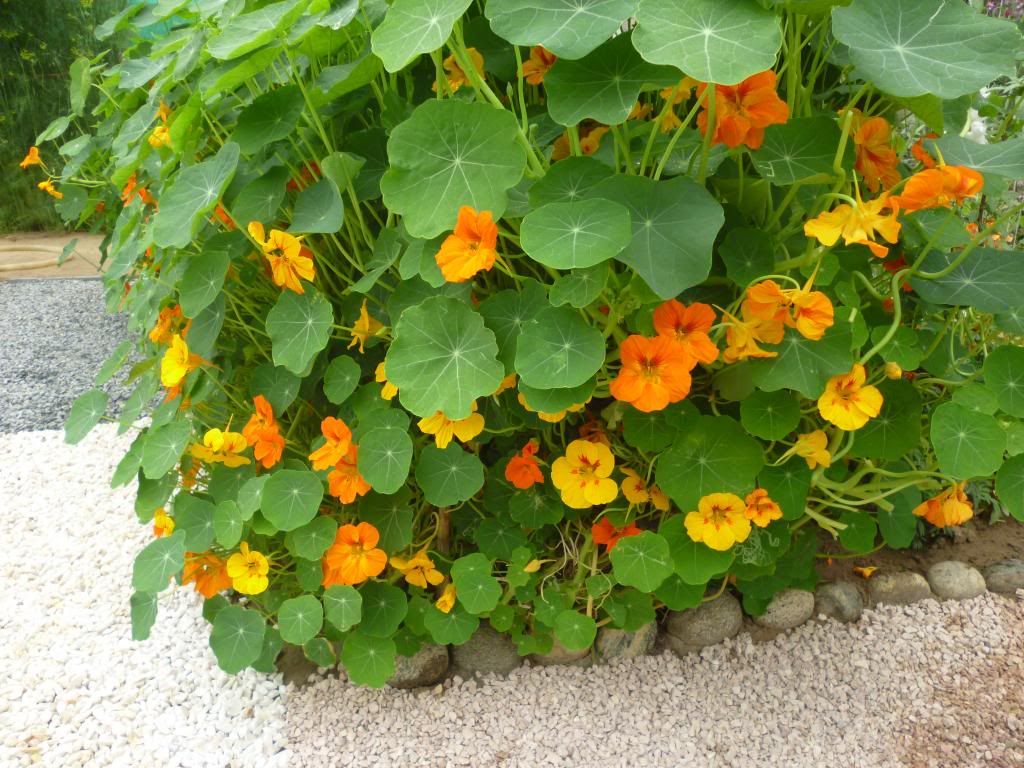Tropaeolum majus(Nasturtium)
Posted: July 5th, 2013, 8:05 am
| Botanical Name | Tropaeolum majus |
| Family | Tropaeolaceae |
| Genus | Tropaeolum |
| Specie | majus |
| Local Name in Urdu | |
| Common Name | Nasturtium |
| Life Cycle | Annual |
| Cultivar Name | |
| Category(Bush/Vine/Tree) | vine |
| Height | 8-10 ft |
| Spacing | 9-12 in |
| Flowering Months | spring |
| Flower Color | russet, pink, yellow, orange, scarlet and crimson |
| Growing Areas | all pakistan |
| Frost Tender | no |
| Exposure | full sun |
| Soil pH | tolerent |
| Propagation | by seeds |
| Uses | The dwarf, bushy nasturtiums add rainbows of cheerful color in annual beds and borders. |
| Other Details | Nasturtiums are bright and happy little flowers, that even the Grinch could not help but love. Many cultivars have been derived from Tropaeolum majus, including climbing types and dwarf, bushy types. All have rounded or kidney shaped leaves with wavy-margins. The leaves are pale green, about 2-5 in (5.1-12.7 cm) across, and are borne on long petioles like an umbrella. The flowers typically have five petals, although there are double and semi-double varieties. The flowers are about 1-2 in (2.5-5.1 cm) in diameter and come in a kaleidoscope of colors including russet, pink, yellow, orange, scarlet and crimson. A white flowered cultivar was bred in the 19th century but apparently has been lost. The five sepals are united into a cuplike calyx, and one of the sepals is modified into a nectar-bearing spur 1 in (2.5 cm) or more long. All parts of the plant have a peppery taste, similar to arugula or water cress.Garden nasturtium does best in light, sandy soils. Too much nitrogen fertilizer will produce an abundance of foliage and few flowers.Does well in full sun or light shade. Nasturtiums appreciate a little midday shade in summer.Nasturtiums are fairly tolerant of drought, but do best with regular watering. |
